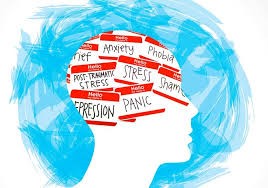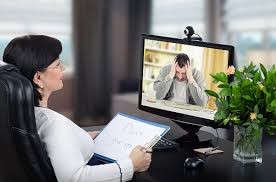I will admit, I have never been the most tech savvy gal. While my closest friends pursued degrees in media and technology, graphics and design, I buried myself in books about psychology. When it came to research papers, I knew I could rely on my friends to help manage the technical difficulties that would arise. Naturally, they went on to pursue careers in marketing, fashion and advertising and I went on to become a mental health therapist.

Five years into my career, and many direct therapy sessions later, I can wholeheartedly say that I never imagined that I would be offering virtual therapy. Don’t get me wrong; I pride myself on being able to build rapport through my knowledge of social media platforms and video games. This TikTok craze is a whole other kind of pandemic! However, the idea of providing therapy through a video platform felt very foreign to me until March 2020 when COVID-19 changed our world.
The coronavirus has created barriers for many of us and has invited uncertainty and fear into our lives. I have read articles, advising others on how to manage their mood during the days that lie ahead. I worry about my clients with anxiety, who may not be able to engage in their exposure exercises; about my clients with depression, continuing to withdraw and isolate in their bedrooms. I worry about those battling contamination obsessions, being negatively reinforced by the efforts to promote the use of hygiene products. I am concerned about those who will be reluctant to go to the Emergency Department, even when they require urgent care.

All of that said, for the first time in my career, virtual therapy has allowed my clients the opportunity to invite me into their spaces. The bed, which they struggle to get out of, the walls that divide them from their parents while they argue, the kitchen table, where their fight with their sibling erupted. I’ve met family pets and stuffed animals. I’ve seen the artwork on their walls. I have virtually sat in many living rooms across the city. I am able to still meet with them on a weekly basis. Unfortunately, I cannot hand them a tissue box virtually, but I can sit with them, face to face, and continue to offer guidance and support. I’ve even had an opportunity to be in two places at once! For children with split families, it can be very difficult to arrange joint sessions, and now I have the privilege of virtually being in both of their parents’ homes at the same time.
I have joined support groups for healthcare professionals transitioning to virtual care and I have been challenged to consider ways to work with clients outside of the office setting. I feel grateful to be able to continue to connect in a time when social distancing is so vital, and I feel empowered by the ability to continue to pursue what I am passionate about in a time where vulnerabilities in our mental health are so prevalent.







